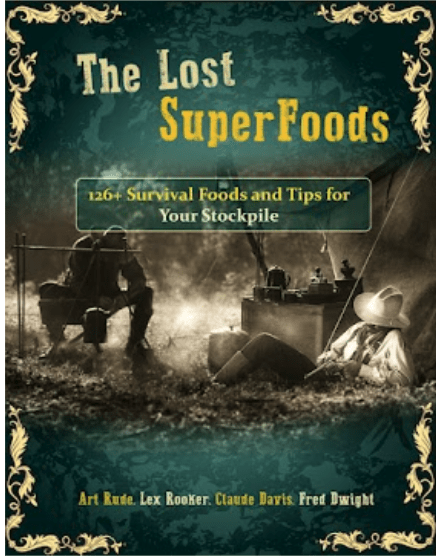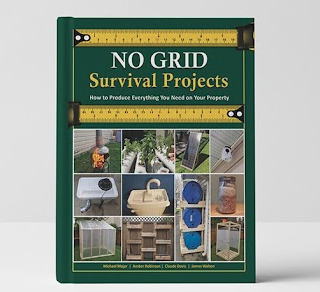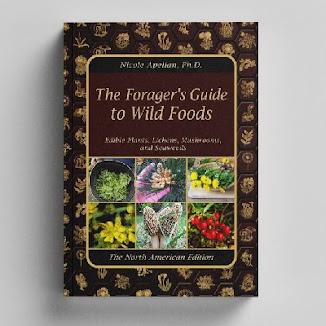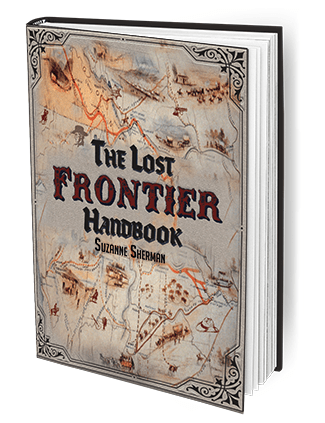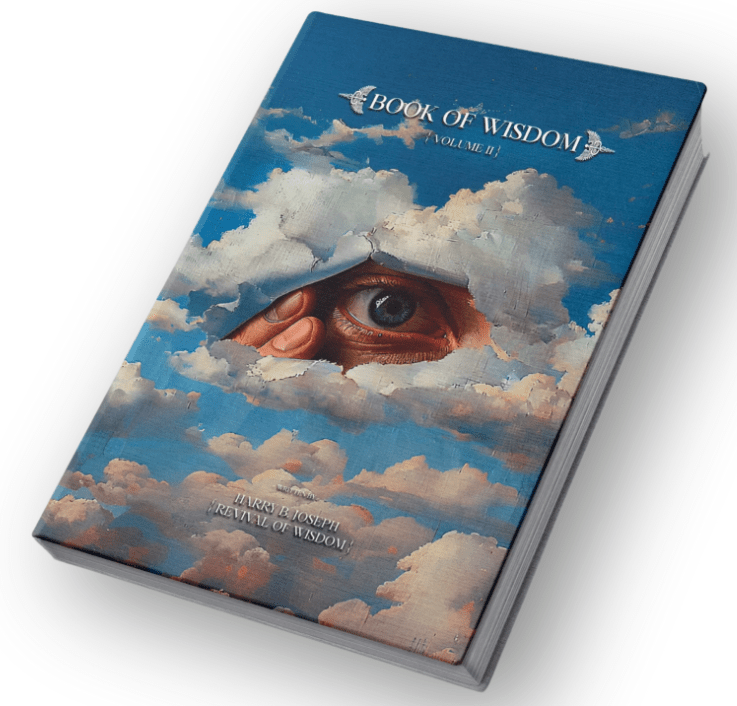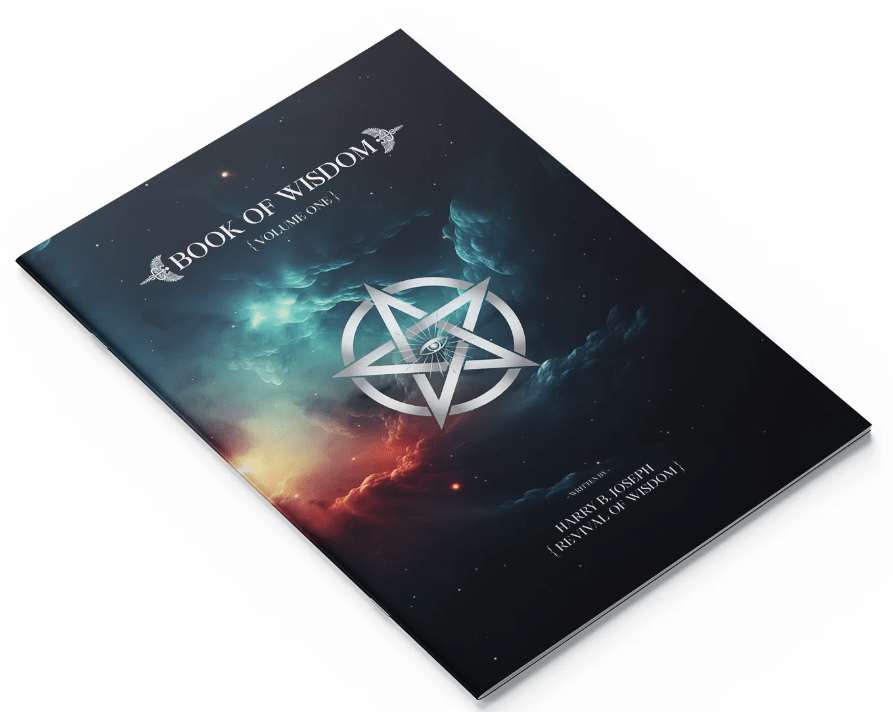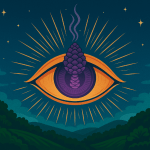“The Lost Superfoods” is an intriguing book that takes readers on a historical journey through time, revealing long-forgotten survival foods that can be stored without refrigeration for extended periods, even years. The book is exceptionally organized, enabling anyone, even those with no prior cooking or stockpiling experience, to use it efficiently. Its clear, step-by-step instructions, complemented by colored pictures, make it a comprehensive guide for building a survival stockpile.
The book reveals the secret to making a U.S. military superfood known as the “Doomsday Ration.” Developed during the Cold War, this superfood could sustain an adult on just $0.37/day and is incredibly long-lasting. Its affordability and endurance make it a must-have for any survival stockpile.
“The Lost Superfoods” also explores a European dish, forgotten with time, that helped people survive the Leningrad siege during World War II. This dish, which can be made using any fresh meat, requires no refrigeration for months, even years, under certain conditions.
Another superfood in the book is a forgotten shelf-stable food that provides all the healthy and vital fats your body needs in a crisis. This superfood, rich in butyric acid, aids in nutrient absorption and can stay fresh without refrigeration for at least a year.
The book also shines a light on a food that saved America during the Great Depression, a delicious survival food that lasts for about two years without refrigeration. In addition to its taste and longevity, the lard it’s kept in has versatile uses, including cooking, soap-making, treating burns, or serving as an added fat source when needed.
A fascinating entry in the book is a type of long-lasting bread developed by the Cree Tribe of Canada. With just four common ingredients and a short preparation time, this bread is a perfect source of energy-boosting carbs for any crisis diet.
“The Lost Superfoods” also reveals a food miracle from the Civil War, a food item that people often discard but can be incredibly beneficial in a disaster. It explains the Dutch cheese preservation secret from the 14th century that allows cheese to stay fresh at room temperature for over two years. The book also shares the superfood that fueled Genghis Khan’s Mongol hordes, a natural probiotic that can counteract the effects of processed food like MREs.
For those struggling financially, the book outlines a system to stockpile over 295 pounds of good food each year by spending just $5 a week. It includes recipes for shelf-stable meat that fueled the Ottoman Empire’s conquests, fermented soup rich in B vitamins, a superfood used by ninjas on their month-long missions, and a portable soup that saved the Lewis and Clark expedition.
The book doesn’t stop there. It introduces readers to a Viking superfood that lasted for over three years, a recipe for making bark bread from a commonly found tree, and a survival food that saved Europeans during the Black Plague.
In conclusion, “The Lost Superfoods” is not just a book; it’s a treasure trove of historical knowledge and survival skills. It provides readers with the tools and knowledge to create a stockpile of long-lasting superfoods, ensuring their survival in any crisis. Its easy-to-follow instructions, affordability, and the variety of superfoods it introduces make it a vital addition to any survival stockpile. The book does an excellent job of equipping readers to prepare for potential emergencies, from local crises like hurricanes to country-wide disruptions like pandemics or a total grid collapse.
Secure your copy of “The Lost Superfoods” today by visiting this link.

